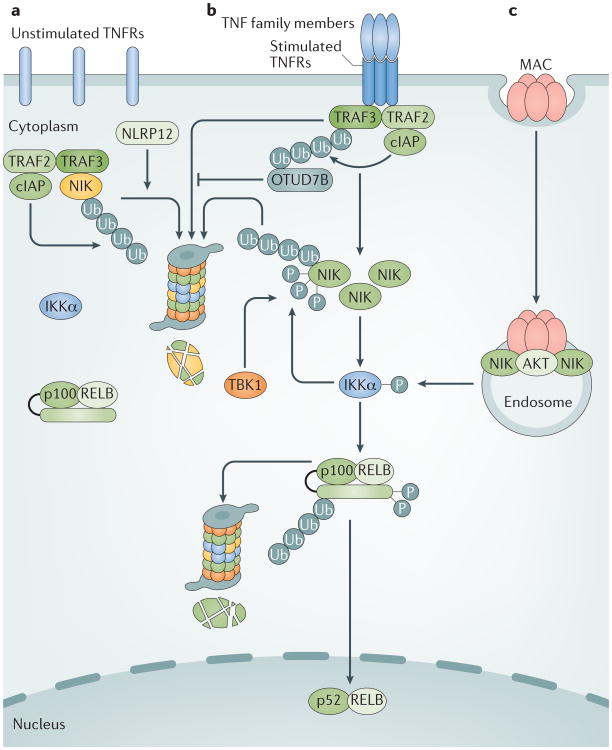Figure 2. Regulation and activation of the non-canonical NF-κB pathway.
a | Under unstimulated conditions, newly synthesized NF-κB-inducing kinase (NIK) is rapidly bound by TNFR associated factor 3 (TRAF3) and targeted for ubiquitylation (Ub) by the cellular inhibitor of apoptosis (cIAP)–TRAF2–TRAF3 E3 ubiquitin ligase complex4. The continuous degradation of NIK in the proteasome prevents NIK accumulation and non-canonical nuclear factor-κB (NF-κB) pathway activation. b | Ligation of specific TNFR superfamily members by their ligands (TNF family members) stimulates the recruitment of TRAF2, TRAF3, cIAP1 and cIAP2 (shown as cIAP in the figure) to the receptor complex, in which activated cIAP mediates K48 ubiquitylation and proteasomal degradation of TRAF3, resulting in stabilization and accumulation of NIK and the induction of p100 processing, followed by the translocation of NF-κB p52–RELB heterodimers into the nucleus4. Receptor-mediated non-canonical NF-κB activation is negatively regulated via TRAF3 deubiquitylation by OTUD7B and phosphorylation-dependent degradation of NIK is mediated by IκB kinase-α (IKKα) and TANK-binding kinase 1 (TBK1)68–70. c | Complement membrane activation complex (MAC) activates the non-canonical NF-κB pathway via a TRAF-independent mechanism that involves the formation of an endosome-based signalling complex containing MAC, the kinase AKT and NIK, in which activated AKT mediates NIK stabilization75. NLRP12, NACHT, LRR and PYD domain-containing protein 12.

